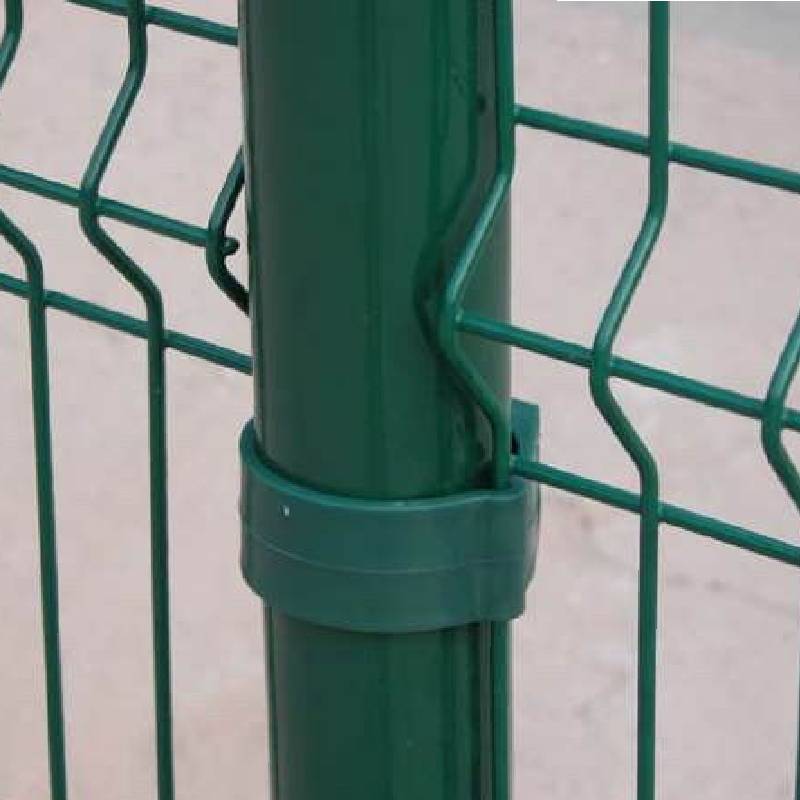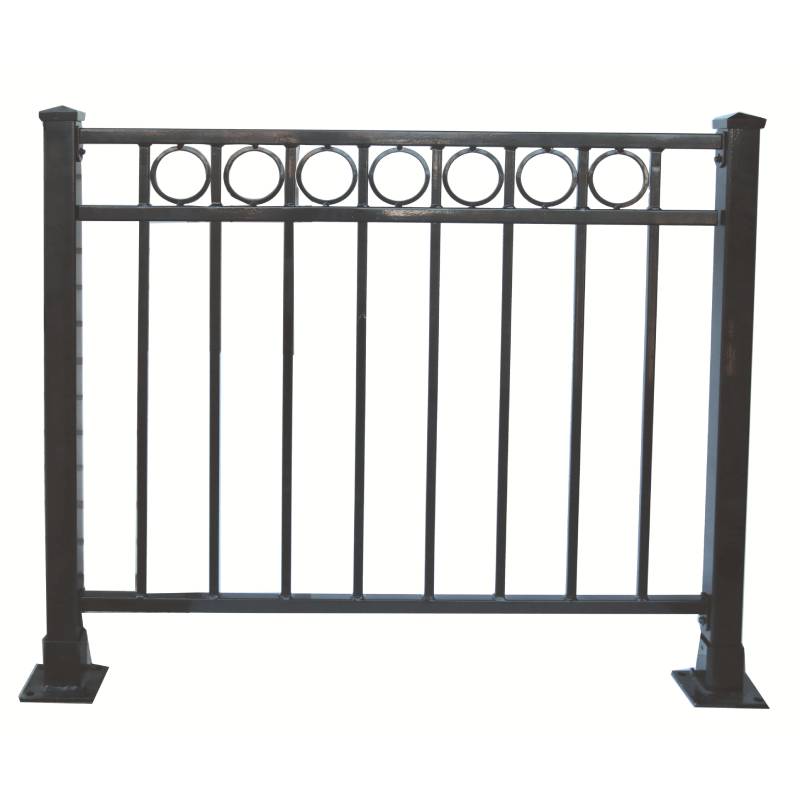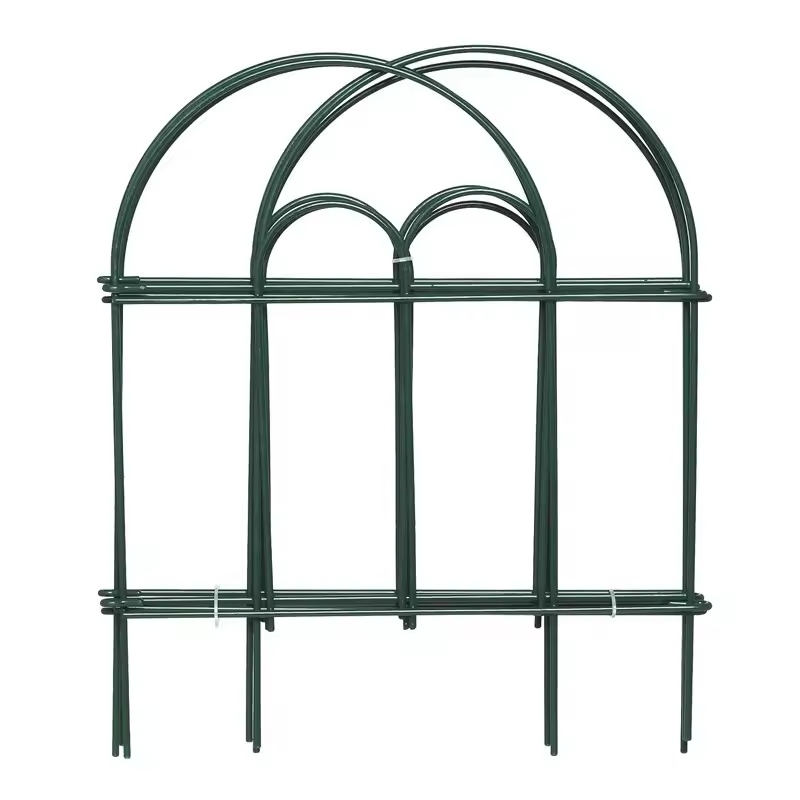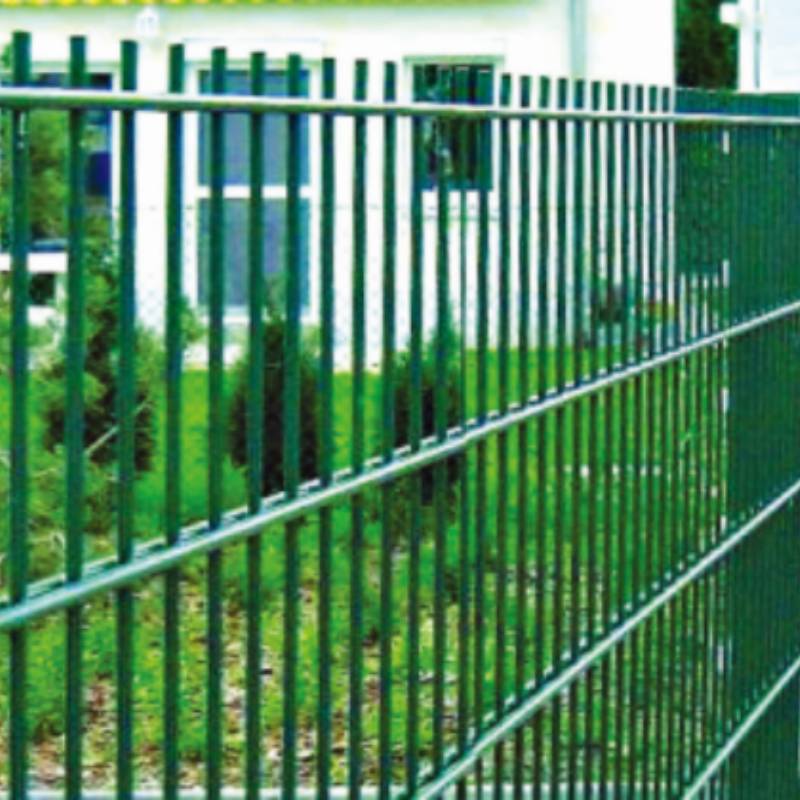-
Sähköposti:zhao@hyliec.cn
-
Puh:+86 311 85273988
-
WhatsAPP:8613931128750
-
 afrikkalainen
afrikkalainen -
 albanialainen
albanialainen -
 amhara
amhara -
 arabialainen
arabialainen -
 armenialainen
armenialainen -
 Azerbaidžani
Azerbaidžani -
 baski
baski -
 valkovenäläinen
valkovenäläinen -
 bengali
bengali -
 bosnialainen
bosnialainen -
 bulgarialainen
bulgarialainen -
 katalaani
katalaani -
 Cebuano
Cebuano -
 Korsikalainen
Korsikalainen -
 Kroatia
Kroatia -
 Tšekki
Tšekki -
 Tanskan kieli
Tanskan kieli -
 Hollannin kieli
Hollannin kieli -
 Englanti
Englanti -
 esperanto
esperanto -
 Virolainen
Virolainen -
 Suomalainen
Suomalainen -
 Ranskan kieli
Ranskan kieli -
 friisi
friisi -
 Galicialainen
Galicialainen -
 Georgian
Georgian -
 Saksan kieli
Saksan kieli -
 kreikkalainen
kreikkalainen -
 gudžarati
gudžarati -
 Haitin kreoli
Haitin kreoli -
 hausa
hausa -
 havaijilainen
havaijilainen -
 heprealainen
heprealainen -
 Ei
Ei -
 Miao
Miao -
 Unkarin kieli
Unkarin kieli -
 islantilainen
islantilainen -
 igbo
igbo -
 Indonesialainen
Indonesialainen -
 irlantilainen
irlantilainen -
 italialainen
italialainen -
 japanilainen
japanilainen -
 jaavalainen
jaavalainen -
 kannada
kannada -
 kazakki
kazakki -
 khmerit
khmerit -
 Ruanda
Ruanda -
 Korealainen
Korealainen -
 kurdi
kurdi -
 Kirgisia
Kirgisia -
 TB
TB -
 Latina
Latina -
 Latvialainen
Latvialainen -
 liettualainen
liettualainen -
 luxemburgilainen
luxemburgilainen -
 makedonialainen
makedonialainen -
 Malgashi
Malgashi -
 malaiji
malaiji -
 malajalami
malajalami -
 maltalainen
maltalainen -
 maori
maori -
 marathi
marathi -
 mongolialainen
mongolialainen -
 Myanmar
Myanmar -
 Nepali
Nepali -
 Norjan kieli
Norjan kieli -
 Norjan kieli
Norjan kieli -
 Oksitaani
Oksitaani -
 pashto
pashto -
 persialainen
persialainen -
 Kiillottaa
Kiillottaa -
 Portugalin kieli
Portugalin kieli -
 Punjabi
Punjabi -
 romanialainen
romanialainen -
 Venäjän kieli
Venäjän kieli -
 samoalainen
samoalainen -
 Skotlannin gaeli
Skotlannin gaeli -
 serbia
serbia -
 Englanti
Englanti -
 Shona
Shona -
 Sindhi
Sindhi -
 sinhala
sinhala -
 Slovakian
Slovakian -
 slovenialainen
slovenialainen -
 somali
somali -
 Espanja
Espanja -
 sundalainen
sundalainen -
 swahili
swahili -
 Ruotsin kieli
Ruotsin kieli -
 Tagalog
Tagalog -
 tadžiki
tadžiki -
 tamili
tamili -
 tatari
tatari -
 telugu
telugu -
 thaimaalainen
thaimaalainen -
 turkkilainen
turkkilainen -
 Turkmenistan
Turkmenistan -
 ukrainalainen
ukrainalainen -
 urdu
urdu -
 uiguuri
uiguuri -
 uzbekki
uzbekki -
 vietnam
vietnam -
 Walesin
Walesin -
 auta
auta -
 jiddish
jiddish -
 joruba
joruba -
 zulu
zulu
Paneeli-aita
Wholesale Metal Fence Panels ?
Wholesale metal fence panels are a popular choice for those looking for durable and secure fencing solutions. These panels are often made steel materials providing a
strong and long-lasting option for garden fencing. They are available in various designs and sizes, making them suitable for a wide range of applications. Wholesale options offer cost-effective solutions for purchasing metal fence panels in bulk, making them ideal for contractors, landscapers, and property developers looking to install fencing on a larger scale.
Is It Cheaper To Buy Fence Panels Or Build Them?
The cost of buying fence panels versus building them can vary depending on several factors. In general, buying pre-made fence panels can be cheaper and more time-efficient than building them from scratch. Pre-made panels are mass-produced, which often makes them more cost-effective due to economies of scale. Additionally, purchasing fence panels can save on labor costs, as they are typically easier and quicker to install compared to building a fence from individual components. However, building a fence from raw materials allows for more customization and control over the design, which may be a priority for some individuals. It's important to consider the specific requirements, budget, and time constraints when deciding whether to buy or build fence panels.
How To Install A Panel Fence?
To install a panel fence involves several steps:
1. Measure and plan: Determine the length of the fence and calculate the number of panels needed. Plan the layout and ensure the fence posts are installed at the appropriate intervals to accommodate the panels.
2. Install the posts: Dig holes for the fence posts, ensuring they are deep enough to provide stability. Set the posts in concrete and allow them to cure before attaching the panels.
3. Attach the panels: Once the posts are set, attach the panels to the posts using appropriate fasteners such as screws or nails. Ensure the panels are level and properly aligned.
4. Add finishing touches: Depending on the type of panels used, additional finishing touches such as capping, trim, or paint may be required to enhance the appearance and durability of the fence.
5. Maintenance: Regular maintenance, such as cleaning and sealing, may be necessary to ensure the longevity of the fence panels.
It's important to follow the manufacturer's instructions and local building codes when paneling a fence to ensure proper installation and compliance with regulations. If in doubt, it's advisable to consult with a professional or seek guidance from experienced individuals.








